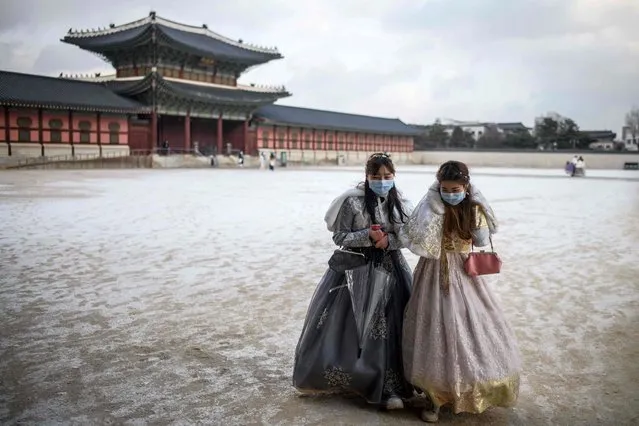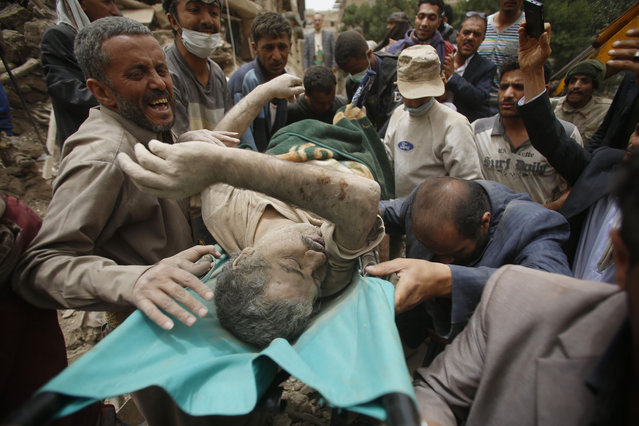
Members of the South Korean Confederation of Trade Unions (KCTU) perform with traditional Korean masks during a rally against the government's Labor Policy in Seoul, South Korea, 06 July 2023. South Korean Confederation of Trade Unions (KCTU) begen a general strike on a national scale from 03 July against the South Korean government's labor policy and against Japan's disposal of treated radioactive water from the Fukushima nuclear power plant into the sea. (Photo by Jeon Heon-Kyun/EPA)
20 Jul 2023 04:01:00,post received
0 comments







